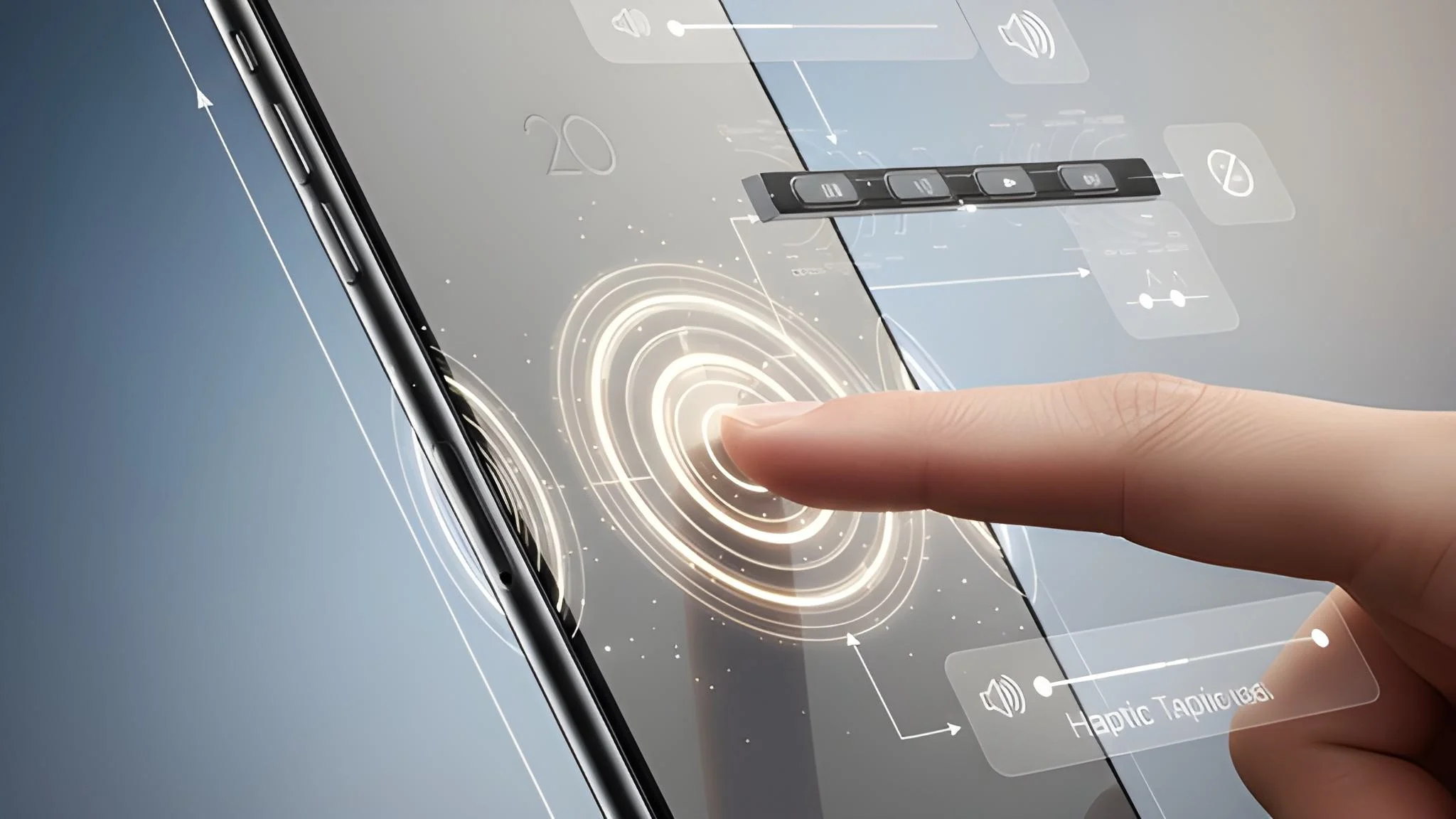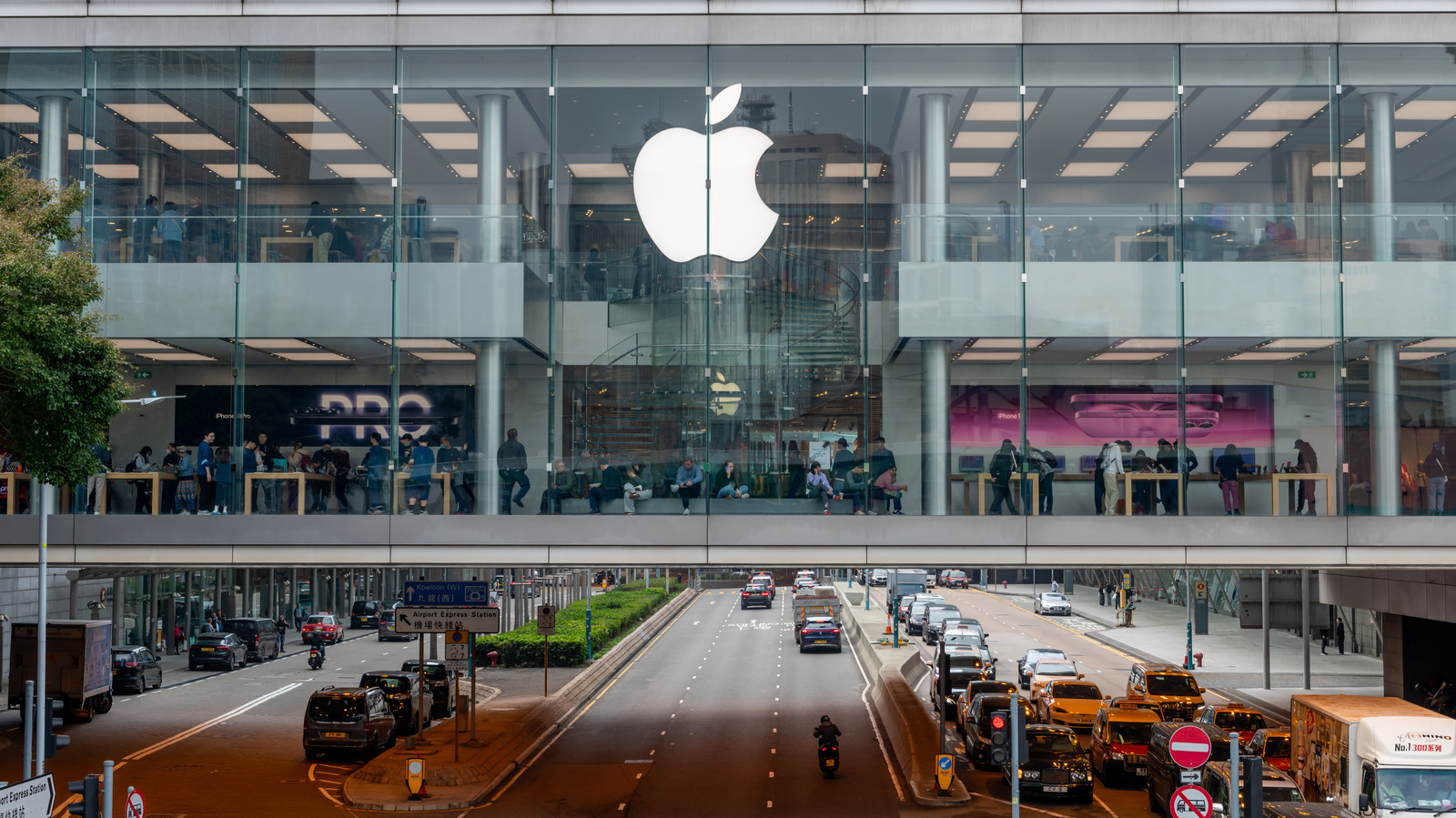Copyright Cult of Mac

After years of speculation and false starts, Apple’s ambitious plan to eliminate mechanical buttons from the iPhone may finally become reality in 2027 with the 20th anniversary handset, according to a new report Tuesday. This may be a bit of an adjustment for button lovers, but haptics have their benefits. iPhone 20 may replace buttons with haptics Apple completed functional verification of its solid-state haptics button system and prepares for mass production on the iPhone 20 (or maybe “XX”) — the device that will mark the 20th anniversary of the revolutionary smartphone — according to Chinese blog Instant Digital. Expectations for iPhone 20 also include a new OLED display. The revamp would affect every button on the device. The power button, volume controls, Action button and Camera Control button would all transition to solid-state alternatives featuring localized haptic feedback. Rather than physically moving when pressed, these buttons would simulate the sensation of clicking through precise vibrations. That creates a tactile response that mimics traditional buttons while eliminating mechanical components entirely. A long time coming This isn’t the first time we’ve heard about Apple’s button ambitions. The project, reportedly codenamed “Project Bongo,” was originally slated for iPhone 15 Pro in 2023 before being canceled late in development. The feature was subsequently rumored for the iPhone 16 Pro before being shelved indefinitely. However, Instant Digital has maintained throughout 2024 that Apple continues actively developing haptic button technology not just for iPhone, but across its entire product line, including iPad and Apple Watch. The advantages of solid-state buttons are significant. By eliminating moving parts, Apple can reduce mechanical wear and improve device durability and water resistance. The technology also enables more sophisticated interactions. Users could differentiate between light and firm presses to trigger different functions, opening new possibilities for gesture-based controls. Gradual transition The transition will begin gradually with next year’s iPhone 18, according to Instant Digital. First Apple will simplify the Camera Control button, removing its capacitive sensing layer while retaining pressure sensitivity. Subsequent iterations will incorporate piezoelectric ceramic components to deliver the localized vibration feedback. The timing aligns with separate rumors suggesting the 20th anniversary iPhone could feature Apple’s most dramatic design overhaul since the iPhone X. Reports indicate Apple is developing a borderless display that curves around all four edges of the device, creating an uninterrupted glass surface. In such a design, traditional mechanical buttons — which require physical openings in the chassis — would indeed become design liabilities. Solid-state haptic buttons could integrate seamlessly into the frame, preserving the visual continuity Apple appears to pursue. While the prospect is intriguing, it remains unconfirmed by Apple.



